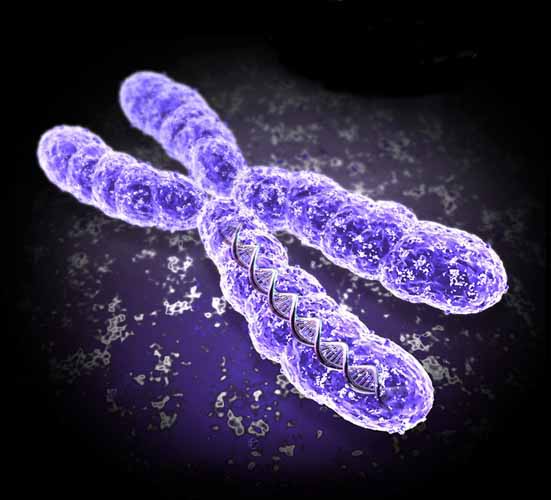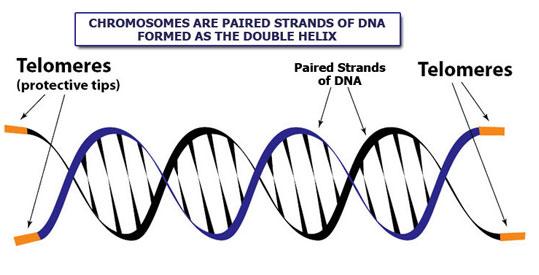Neolife medical management
Until just a year and a half ago we couldn’t even imagine where the future paths of science would lead to in the study and control of a Healthy longevity. We recently learned about the existence of a documentary that talked about Telomeres and Life Expectancy, among other topics. We recommend you take a few minutes to watch it:
Telomeres are the ends of our chromosomes and their main function is to protect our cells’ DNA. They are usually compared to the plastic ‘aglets’ fitted to the ends of shoelaces that prevent them from fraying. Well, it turns out that the shorter the telomeres of our cells are, the less life the cell will have left and therefore the tissue, the organ and, in short, we ourselves.
When we are conceived, our telomeres are about 15,000 “links” long (actually they are nucleotides, but we’ll call them links). When we are born, we have about 10,000, and when we have less than about 5,000 links left, the cell stops working properly and dies. If you do a simple calculation, you’ll see that we have 5,000 links to use up throughout our lives.
The loss of links is caused by cell division itself, and the rate of loss depends on our genetics and how life treats us (or how we treat it). If we lose 60 links a year on average, and again do another simple calculation, we’ll realize that it would take us 83 years to use up the 5,000 links. However, if we lose them at a rate of 20 a year, it will take us 250 years! But…
Can we get to live for 250 years?
Not exactly (for the time being). Until the 1960s, it was thought that cells were immortal. Placed in a growth medium in optimal conditions they would divide infinitely for all of eternity, but in 1961 a certain Dr. Hayflick discovered that this was not the case. After a certain number of divisions (between 50 and 100), the cells stopped dividing and entered a situation called “replicative senescence” This coincided with the biological life expectancy of human beings and is known as the Hayflick Limit, which is 120-130 years (in optimal genetic conditions and quality of life). To date, the longest-lived person known, the French woman Jeanne Calment, lived to be 122 years old.

Smoking, drinking alcohol in excess, not exercising, eating poorly, stress, pollution and many other factors that we all know about, accelerate the shortening of telomeres. Healthy eating, taking exercise, resting well, being happy… all prevent their shortening.
Unfortunately, most human beings die from causes that can mostly be avoided: hunger, wars, accidents, catastrophes, infections, cardiovascular diseases and some types of cancer. This makes the life expectancy of a man range from 44 years in Afghanistan or Zimbabwe to 83 years in Japan. In Spain we have an excellent life expectancy: 84 years for women and 78 years for men.
As our lifestyles improve in terms of nutrition, exercise, smoking, alcohol, stress, etc., and as curative medicine progresses, we shall see how life expectancy in some countries will reach 100 years, and there will be more and more people reaching the Hayflick Limit (120-130 years).
Yet, what is the most sophisticated biomarker in controlling healthy longevity?
You’re sure to have heard in recent months about measuring telomeres. Precisely, the most advanced technology in the world for measuring telomere length and quantification of the percentage of short telomeres can be found at the NCOR(National Center for Oncological Research), and was developed byDr. María Blasco, current director of this prestigious research center.
At the Neolife clinic we carry out numerous comprehensive programs of Proactive Preventive Medicine for a healthy longevity. And some of these programs include a Biological Age Assessment, i.e. a telomere measurement.
Faced with the question “Do you want to live longer?” most of us respond with “it depends how”. Today the “How long” and the “How” are, to a great extent, in our own hands.


